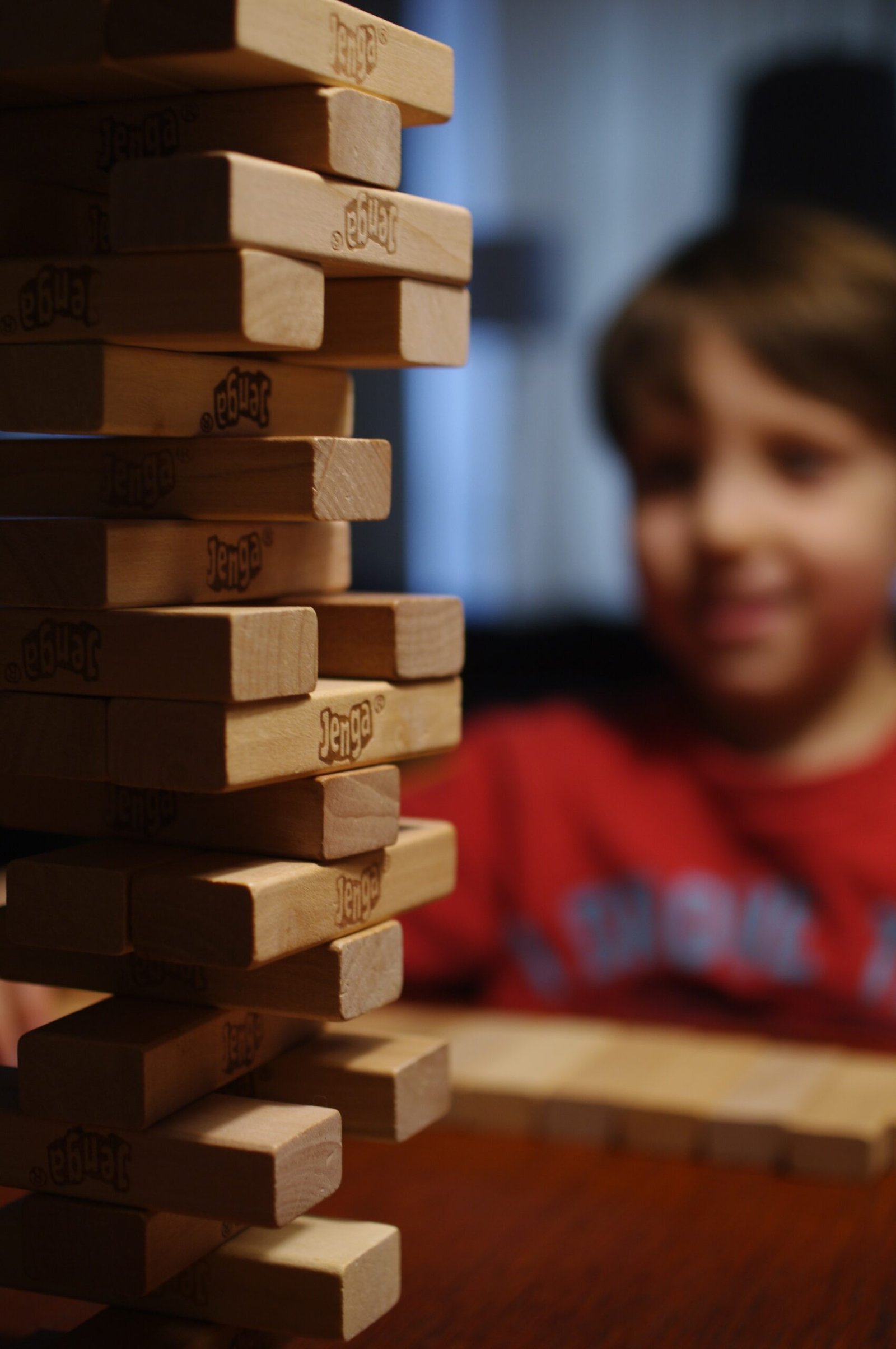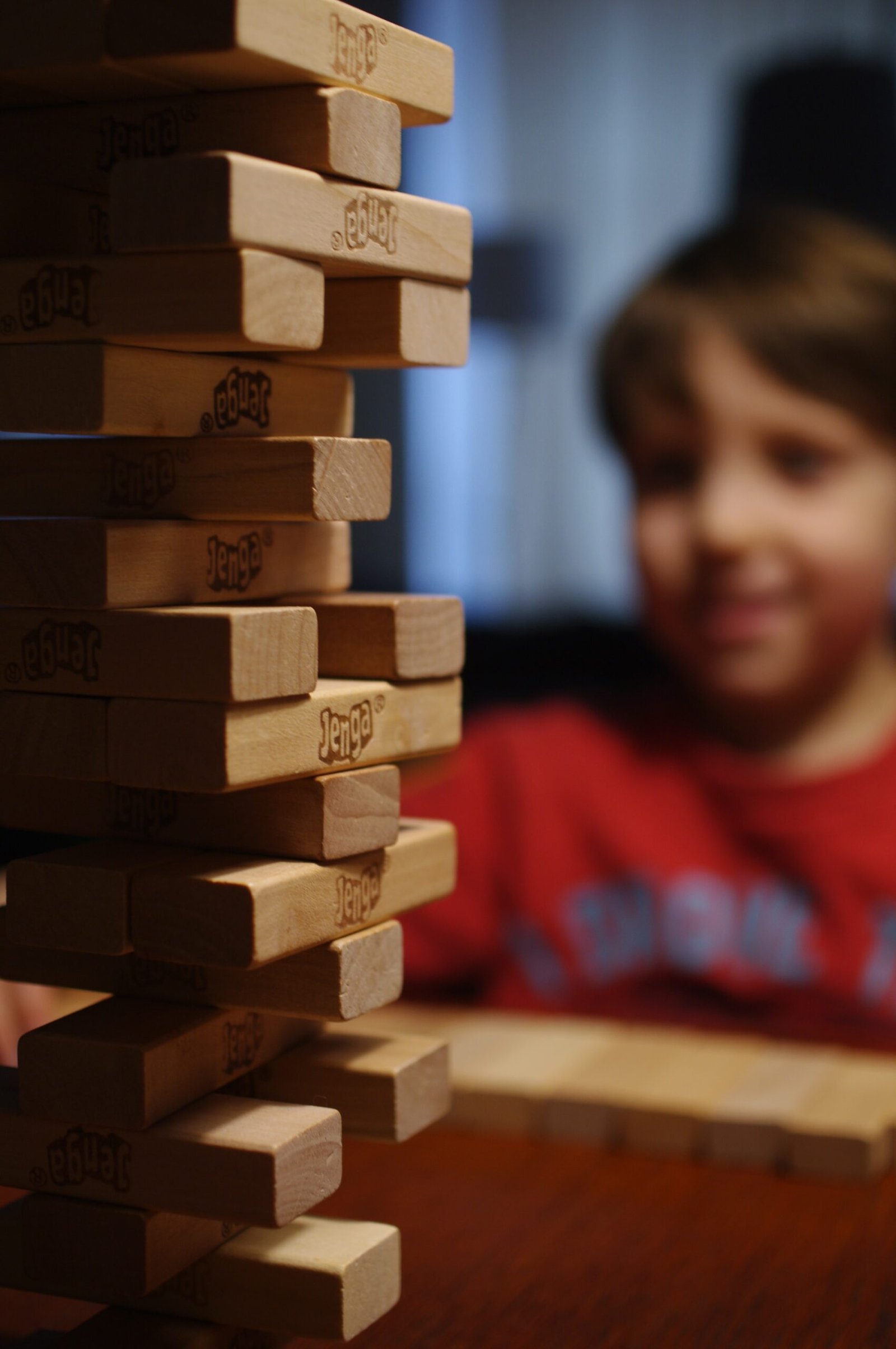In today’s multicultural world, festivals play a significant role in celebrating diverse traditions and bringing communities together. Festivals are not only a time for joy and merriment but also an opportunity to teach children about different cultures and their unique customs. One way to explore festival traditions with children is through the medium of children’s books. These books not only entertain but also educate, allowing young readers to learn about various festivals and the values they represent.
The Power of Children’s Books
Children’s books have the power to transport young minds to different worlds, introducing them to new experiences and broadening their horizons. By incorporating festivals into these stories, authors can create narratives that resonate with children, fostering an understanding and appreciation for different cultures.
When children read stories about festivals, they get a glimpse into the traditions, rituals, and celebrations associated with these events. They learn about the significance of certain customs, the importance of community, and the values that festivals uphold. Through these stories, children develop empathy, respect, and a sense of cultural awareness.
Exploring Festivals through Children’s Books
There are numerous children’s books that beautifully capture the spirit of festivals from around the world. Let’s explore a few examples:
1. “Diwali: A Festival of Lights” by Rina Singh
This book introduces children to Diwali, the Hindu festival of lights celebrated in India and other parts of the world. Through vibrant illustrations and simple language, young readers learn about the traditions of lighting diyas (oil lamps), making rangoli (decorative patterns), and sharing sweets with loved ones. The book emphasizes the values of family, kindness, and the triumph of light over darkness.
2. “Eid-al-Fitr: A Festival of Charity” by Lisa J. Amstutz
In this book, children discover the significance of Eid-al-Fitr, the Islamic festival that marks the end of Ramadan. The story follows a young girl named Aneesa as she prepares for the festival by fasting, giving to charity, and celebrating with her family. Through Aneesa’s experiences, young readers learn about the importance of compassion, gratitude, and the joy of sharing with others.
3. “Chinese New Year: A Celebration for Everyone” by Jen Sookfong Lee
This book introduces children to Chinese New Year, the most important festival in Chinese culture. Readers follow a young girl named Jia as she prepares for the festivities, including cleaning the house, making dumplings, and watching the dragon dance. The story highlights the values of family, unity, and the renewal of the spirit as the old year makes way for the new.
The Benefits of Exploring Festivals through Children’s Books
Reading children’s books about festivals offers numerous benefits for young readers:
1. Cultural Understanding: Children gain insight into different cultures, fostering a sense of empathy and respect for diversity.
2. Language Development: Reading exposes children to new vocabulary, enhancing their language skills and expanding their knowledge.
3. Values and Traditions: Festivals often emphasize important values such as gratitude, compassion, and community, which children can learn through these stories.
4. Celebrating Similarities and Differences: Children learn that while festivals may vary across cultures, they all share a common purpose of bringing people together and celebrating traditions.
5. Family Bonding: Reading festival-themed books can be a bonding experience for families, sparking discussions and creating lasting memories.
In Conclusion
Festivals in stories provide a window into the rich tapestry of global traditions. Children’s books that explore festivals not only entertain but also educate, helping young readers develop a deeper understanding and appreciation for different cultures. By immersing themselves in these stories, children can celebrate the similarities and differences that make our world a vibrant and diverse place.



